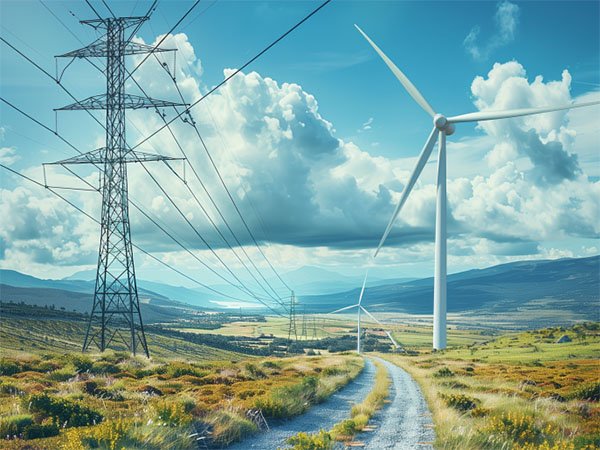Introduction to Project Types
Linear utility projects, such as pipelines and power lines, are foundational to our traditional energy infrastructure. They deliver essential resources from centralized sources to consumers. In contrast, renewable energy projects are designed to harness natural resources like wind and solar energy, marking a shift towards more sustainable energy practices.
Acquisition Timeframe and Land Use
Linear Utility Projects:
Acquisition Timeframe: These projects require a longer period, typically 6-12 months, to secure land rights due to the complexity and scale of the infrastructure.
Permanent Easements: Necessary for continuous access for maintenance, which includes vegetation management and the use of access roads.
Renewable Energy Projects:
Acquisition Timeframe: Generally shorter, taking as little as 1-2 months with cooperative landowners, facilitating quicker project initiation.
Temporary Land Use: Post-project, property rights revert to the landowner, emphasizing temporary utilization of land. It’s important to note that these rights are temporary in nature, leases are often 20-30 years in length.
Payment Structures and Landowner Relations
Linear Utility Projects:
One-time Payments: Landowners receive a single payment for the use of their land, with no subsequent financial benefits.
Public Consultations: Often mandatory, these meetings address community concerns and routing processes.
Renewable Energy Projects:
Annual Payments: Landowners benefit from ongoing payments, often extending over 20 years, creating a long-term income source.
Voluntary Acquisition: Projects typically proceed only with the consent of landowners, avoiding compulsory purchase orders.
Environmental Impact and Project Flexibility
Linear Utility Projects:
Environmental Impact: These projects generally have a greater environmental footprint due to their extensive infrastructure needs.
Design Rigidity: Limited flexibility in project design, dictated by the necessity of a continuous route.
Renewable Energy Projects:
Reduced Environmental Footprint: Designed to minimize impact, these projects often allow for skipping parcels if necessary.
Flexible Design: The scope and layout can adapt more readily to the available land and environmental conditions.
Understanding the difference between linear utility and renewable energy projects is essential for navigating the evolving landscape of land acquisition. Grasping these distinctions enables right of way personnel to better manage challenges and opportunities, enhancing planning and negotiation processes.
Tap into ORC’s expertise for guidance in enhancing your planning and negotiation processes, ensuring effective project implementation. Connect with us today!
Related Content:

